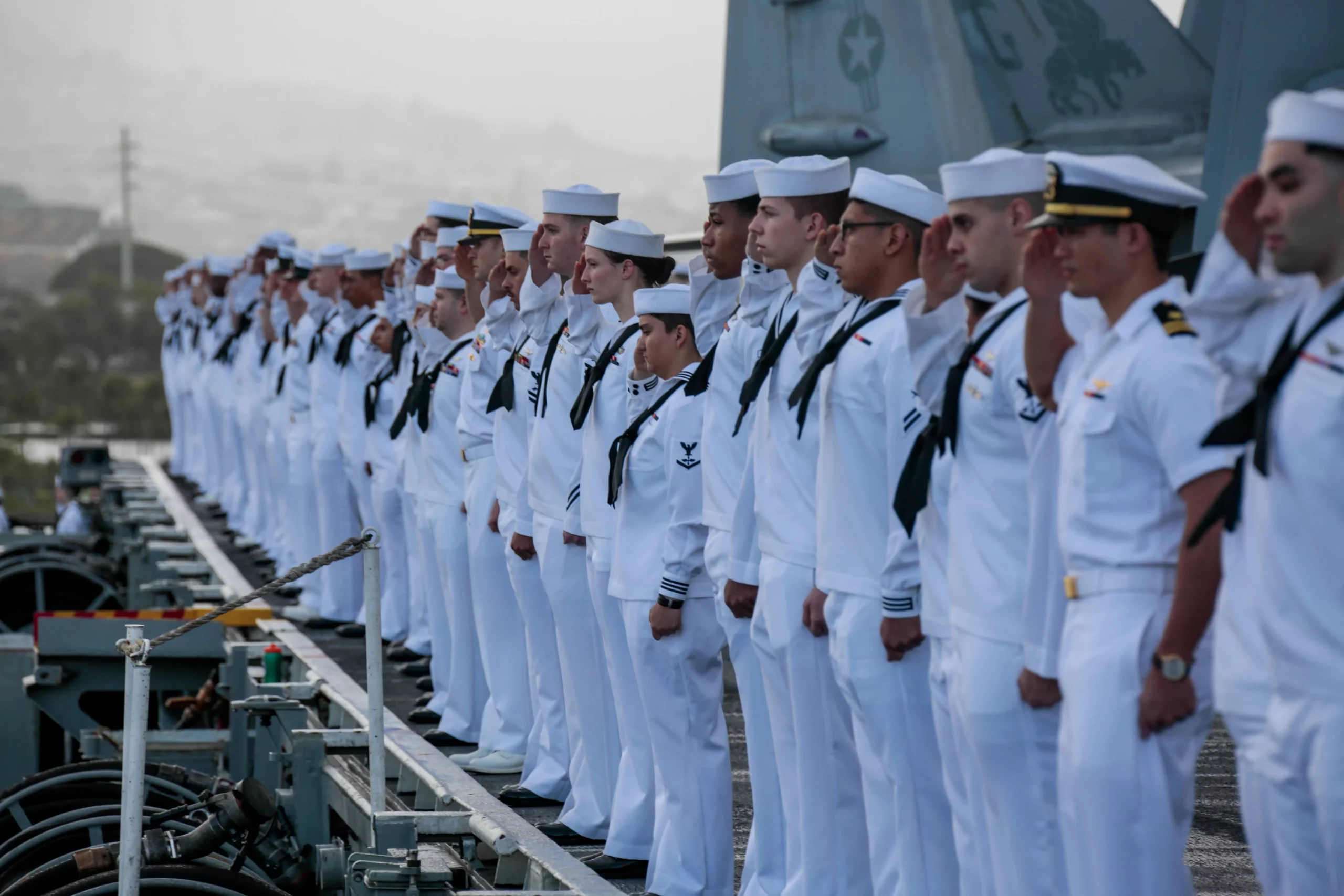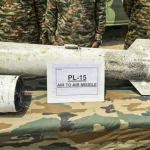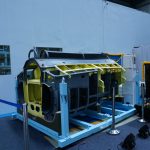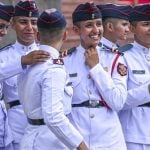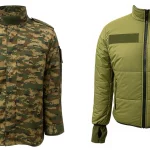In a groundbreaking effort to reduce fatigue-related accidents and improve sailor well-being, the US Navy has equipped 1,600 sailors aboard the USS Gerald R. Ford and its strike group with Oura Rings—high-tech smart rings that monitor sleep, stress, and other health metrics during long deployments.
This initiative marks the Navy’s largest-ever fatigue study, part of its Command Readiness, Endurance, and Watchstanding (CREW) program, led by the Naval Health Research Center. The study aims to collect real-time data on fatigue and enable commanders to make informed operational decisions that prioritize crew safety.
The Oura Ring is a small titanium wearable that tracks up to 20 biometric indicators, including heart rate, body temperature, oxygen levels, and most crucially, sleep patterns. Data from the rings will be uploaded securely via the Starlink internet system now operational on deployed Navy vessels, ensuring both accessibility and confidentiality.
Researchers say the program is designed to help prevent serious incidents linked to sleep deprivation, which has been a persistent issue in the fleet. The move follows fatal accidents such as the 2017 collisions involving USS Fitzgerald and USS John S. McCain, which killed a total of 17 sailors. Investigations later found that fatigue and poor sleep were major contributing factors.
Despite some changes to watch schedules in the years since, a 2021 Government Accountability Office report criticized the Navy’s slow progress in implementing real-time fatigue monitoring. The CREW program began testing wearables in 2021, but securing permanent funding has been a challenge.
Dr. John Cordle, a human factors expert working with the Navy, emphasized that the Oura Ring was chosen in part due to its passive nature—it doesn’t transmit GPS signals, reducing the risk of location data leaks like the 2018 Strava app incident that inadvertently revealed military base locations.
The smart rings are being used not only to provide data to commanders but also to empower sailors with self-awareness about their physical state. Participation in the program is voluntary. Sailors who wear the ring for over 75% of their deployment will be allowed to keep the $200 device, while others will return it without penalty.
Dr. Rachel Markwald, senior sleep physiologist at the Naval Health Research Center, noted that the data will help leaders understand how missions affect crew recovery and readiness. She stressed that many serious incidents occur during late-night or early-morning hours, when fatigue is most pronounced.
Recent accidents—including the 2024 collision between USS Harry S. Truman and a merchant vessel near the Suez Canal, and a May 2024 crash involving two LCACs off Jacksonville—further underscore the risks of operating under sleep-deprived conditions.
As the Gerald R. Ford Carrier Strike Group leads this effort, the Navy hopes to demonstrate the value of biometric tracking in improving mission effectiveness and safeguarding its personnel. While questions remain about the program’s long-term future and privacy safeguards, researchers are optimistic that it represents a step forward in operational health management.

